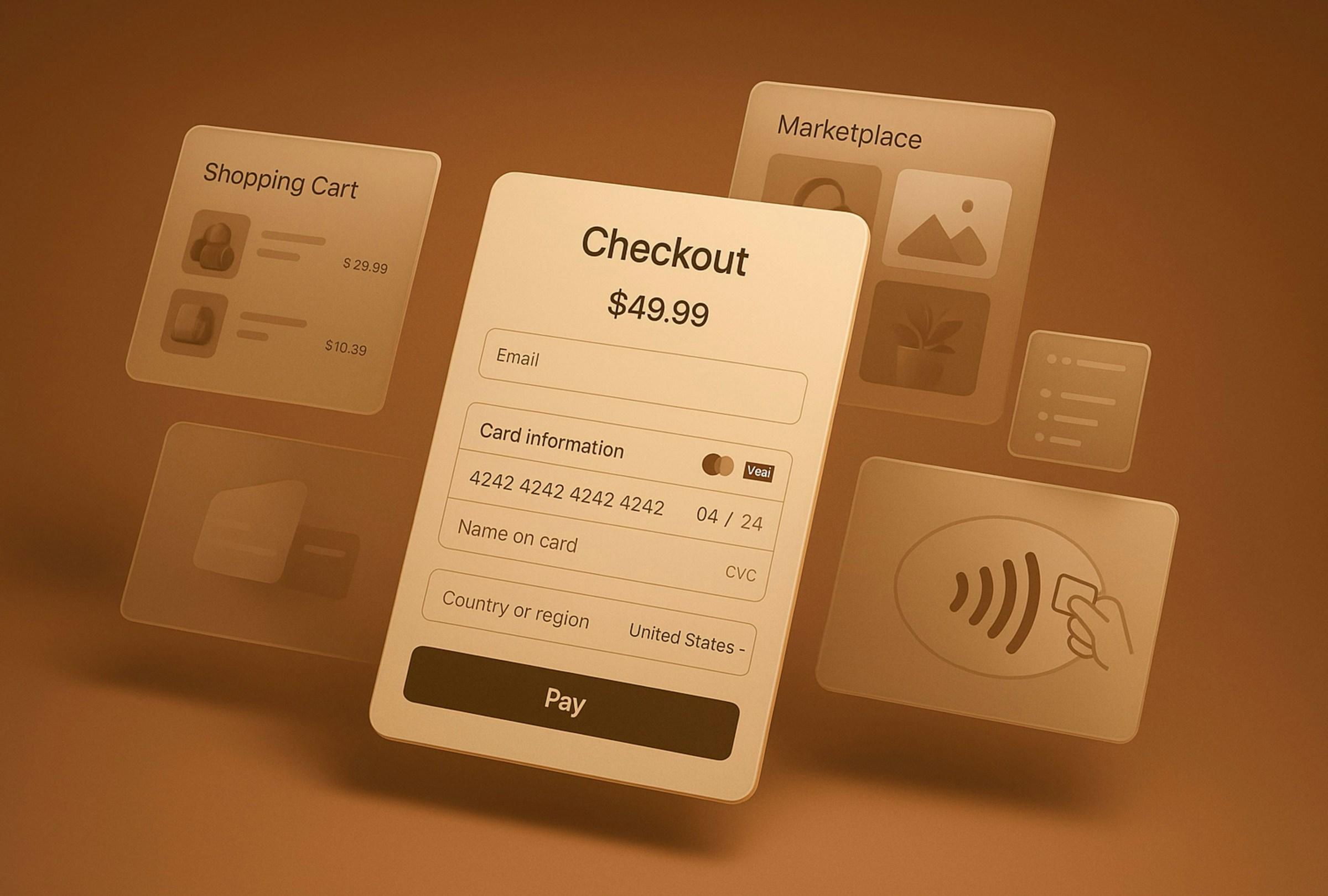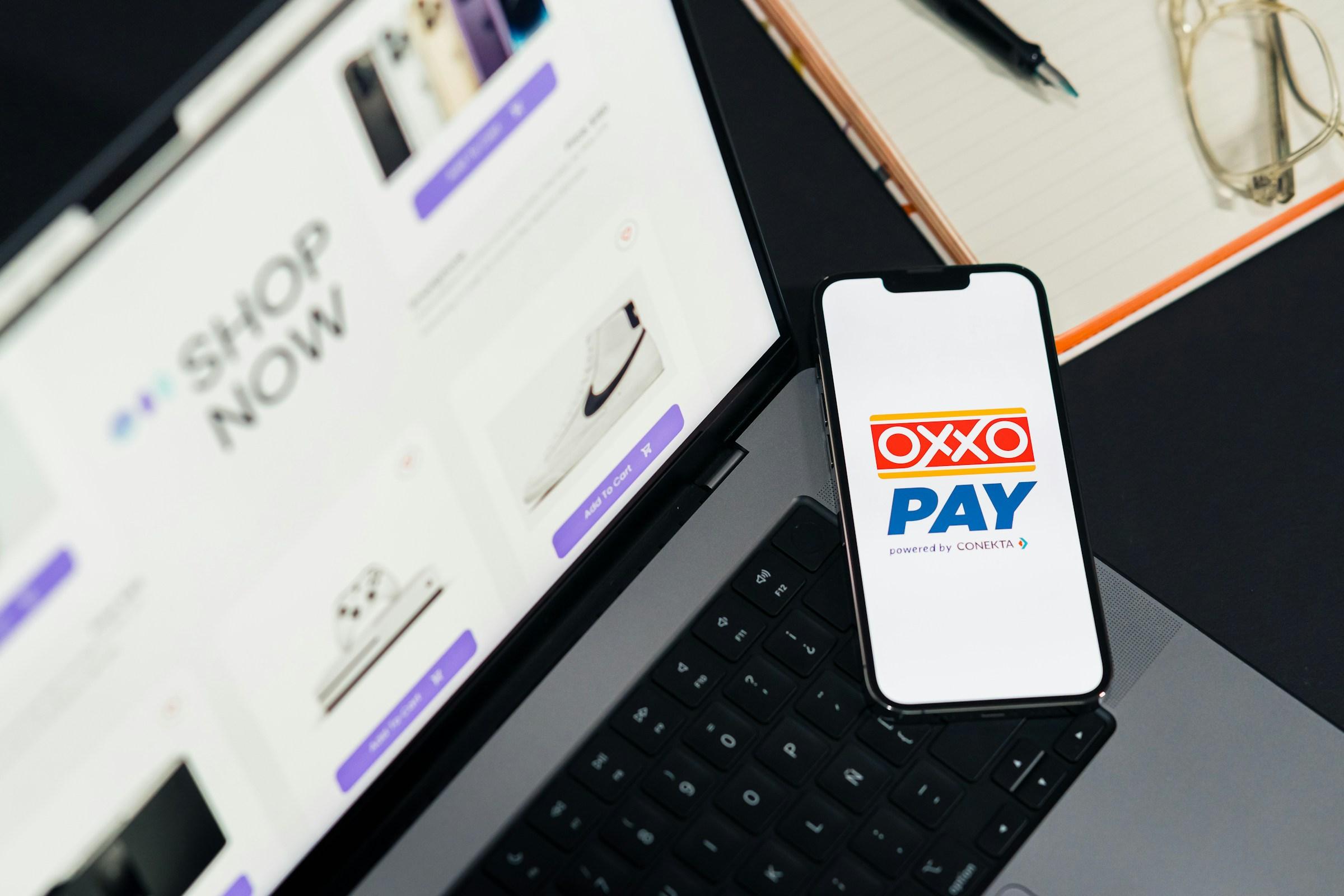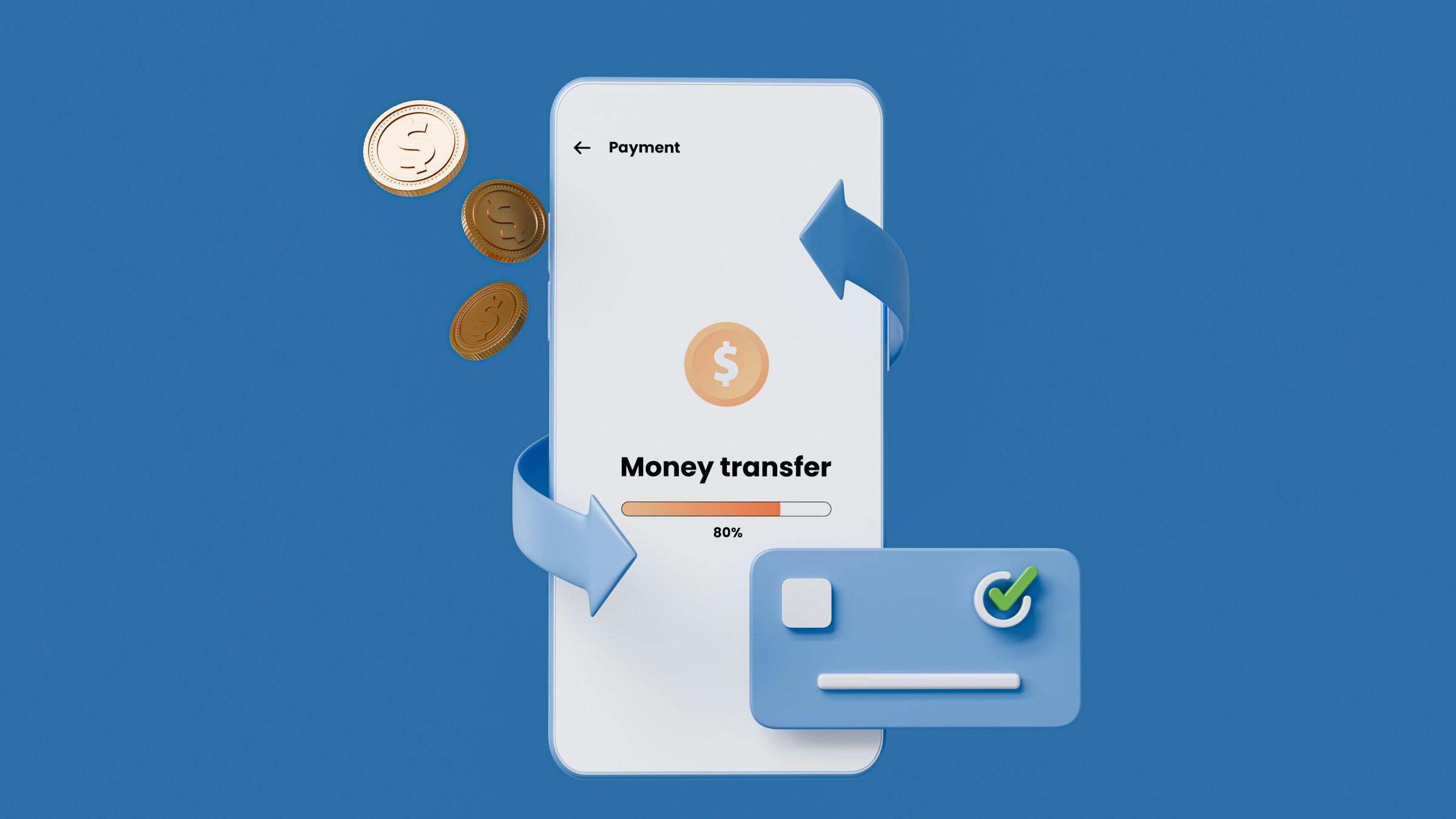QR codes promise convenience. In hotel lobbies and elevators, on bell carts and bar counters, the small square suggests a quick way to say thank you. Scan, choose an amount, tap to pay, and feel generous on the spot. The pitch sounds frictionless and modern. Yet the lived experience often tells a different story. When hotels lean on QR tipping as a primary channel for gratitude, they introduce new pressures, fresh forms of friction, and cultural signals that do not always align with hospitality’s core promise. What looks like a simple upgrade is, in practice, a complex system that touches attention, incentives, equity, trust, and brand.
The first fault line appears at the point of attention. Good hospitality removes cognitive load, especially at moments of closure. A guest who has just enjoyed a helpful interaction wants a clean goodbye. A QR prompt inserts a mini workflow into that goodbye. The guest scans, authenticates a payment method, picks a number, and confirms a transfer that may even request an email receipt. What began as a warm human interaction becomes a small administrative task. It steals seconds and mental bandwidth. Over a multi day stay, those seconds accumulate. People arrive at check out feeling more tired than they expected, yet cannot name the source. The survey that follows will not capture the quiet tax that a scattering of micro decisions has imposed on the visit.
Pressure follows close behind. A printed code speaks even when no one is there to speak for it. In that way it pushes tipping from an earned gesture to a default expectation. Guests who like to tip may feel compelled to demonstrate their generosity in a visible way. Guests who prefer not to tip may feel judged by an inanimate square that sits between them and the exit. Pressure breeds resentment, and resentment rarely shows up in a direct complaint. It appears as cooler interactions on the next request, as a decision to skip a return visit, or as a feeling that the property is less relaxing than it once was.
Incentives begin to bend as soon as digital tipping becomes measurable. A code routes money toward whoever controls the link. Staff who stand in visible, guest facing positions tend to benefit most. Laundry teams, night crews, and the people who resolve problems behind the scenes often see less. Distribution rules can smooth the extremes, but they do not erase the optics. If the team senses that visible flourishes are rewarded while invisible saves go unnoticed, attention shifts toward tip triggers rather than complete service flow. Managers, eager to coach performance, read tip dashboards like leaderboards. Human work becomes content for micro transactions, and culture begins to revolve around short term spikes instead of long term standards.
Digital rails add cost and delay. Payment processors take a slice. Some systems settle tips like ordinary revenue, which introduces reconciliation steps and timing gaps. The money that left a guest’s account in seconds may take days to reach staff wallets. In certain markets, withdrawal options bring extra charges or require specific accounts. A cash tip closes with no intermediary. A QR tip becomes a small supply chain. Even when the percentage fee is low, the operational overhead and the perception of delay erode trust.
Risk travels with the code itself. A QR is only a link, and links can break, redirect, or be spoofed by copycat stickers. A code that sits for months on a trolley or a hostess stand invites tampering. Even without malice, guests must trust that a public square will send them to a secure payment page. Privacy sensitive travelers will hesitate. Those who hesitate are often the very guests that a hotel most wants to keep at ease, since they tend to be frequent, discerning, and vocal within their networks.
Timing matters, and digital flows change timing. The moment after a scan is dead air while a phone finds signal, a banking app prompts for a face scan, or a notification stack gets cleared. The goodbye turns into light tech support. At a valet stand in the rain or a breakfast line at peak hour, those added seconds ripple through the queue. Hospitality should compress exits, not lengthen them. The throughput you gain from operational finesse can easily be lost to a few scanning pauses spread across a busy morning.
Design debt compounds the problem. Many properties rolled out QR tipping faster than they upgraded Wi Fi coverage in service zones. Basements, lifts, and porte cochere areas often have patchy reception. Guests step around to find a signal while a staff member waits with an awkward smile. That small dance burns social energy that could have gone into the next interaction. The device takes center stage while the human moment fades.
Tax and compliance add another layer. Digital tips create records. Transparency is valuable, but it collides with how many workers have planned their cashflow for years. If a system promises same day transfers but payouts arrive in batches, confidence shrinks. If declared amounts affect eligibility for allowances or public benefits, staff begin to see the technology as a threat rather than a tool. Adoption then stalls in quiet ways that dashboards do not reveal.
The QR object also carries a visual message. Codes fade, peel, and collect smudges. A shabby code on a counter is a small sign that maintenance gets less attention than it should. Guests map small signs to larger meanings. If the code looks tired, maybe the kitchen standards are tired as well. Premium brands cannot afford such stray signals. Visual noise also multiplies. Many hotels now present separate codes for tips, feedback, Wi Fi login, and loyalty. Fragmented journeys produce fragmented attention. The more squares that compete for the eye, the less any single request converts. No one would build a website with four different checkout buttons on a single page. Physical space deserves the same design discipline.
Signal quality suffers in a different way. When a tip prompt attaches to a specific moment, it privileges recency and visibility. The guest may reward the final smile or the last luggage lift while forgetting the mid stay room switch that saved their trip. Leadership studies the heatmap of tips and invests where the squares glow. The map is vivid, but the guidance is skewed. Service design decisions begin to track applause rather than outcomes.
Advocates of QR tipping often argue that any mechanism that raises staff income should be welcomed. The intent is generous, but income quality matters as much as income quantity. Digital tipping is a variable stream that spikes on weekends and slumps on shoulder nights. People cannot build budgets on novelty. If a property introduces QR tipping and then treats it like a solution to base pay, the floor under the team gives way. Guests eventually feel the churn that results when workers try to stitch together stable lives from unstable flows.
Guest fatigue is the final drag. Modern travel already asks for constant scanning. Boarding passes, immigration forms, ride hails, menu access, and feedback requests all live behind codes. Adding one more code for a socially charged moment pushes people toward selective blindness. The same guest who ignores the tip code may also ignore the survey that would have helped the hotel improve. In trying to capture more, the property collects less of the signal that matters.
Cultural fit completes the picture. Tipping norms vary across markets. In Asia Pacific properties that promise everything is taken care of, loud prompts for extra payment sound off key. A quiet luxury claim cannot sit beside a persistent request for optional money at the door. The contradiction undermines trust, and trust is the only real currency in hospitality.
If a hotel insists on a digital flow, there is a cleaner path. Collapse journeys into a single code per table or room that handles bill, feedback, and optional tip within one elegant sequence. Use clear copy, avoid preselected amounts that feel like guilt, and make transfers instant. Publish distribution rules that are fair to back of house, monitor variance across shifts and roles, and intervene when gaps widen. Better yet, in markets where it is culturally normal, present a clear service fee at booking and at check in, then allow private opt in for extra thanks that does not require a public scan. A discreet option inside the folio or a sealed envelope at the desk respects both guest and staff.
Hospitality is a system that should increase clarity, energy, and speed for everyone involved. QR tipping, as commonly deployed, too often fails that test. It adds friction at the wrong moments, distorts incentives, widens inequities, and sends signals that do not match the brand. The problem is not the square itself. The problem is a design that treats gratitude like a pop up rather than a relationship. Good hotels will reconsider the architecture, simplify the journey, and let the human connection carry the moment that matters most, the goodbye that feels complete.




.jpg&w=3840&q=75)




.jpg&w=3840&q=75)


.jpg&w=3840&q=75)


